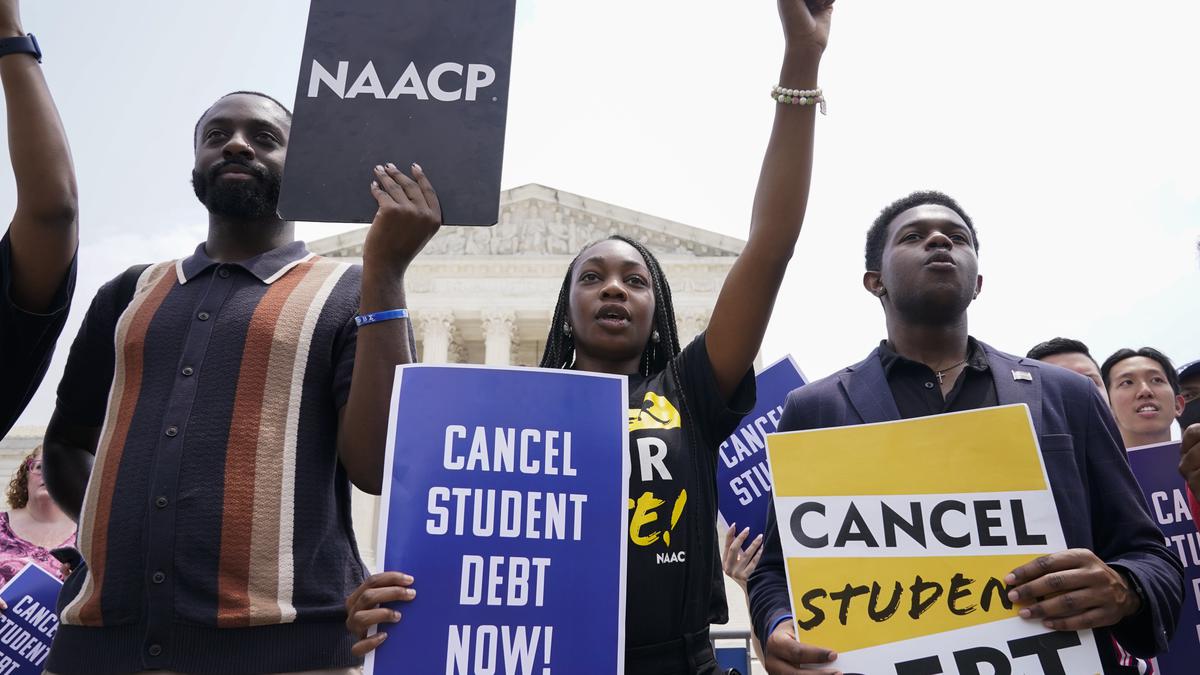
Explained | The U.S. student loan crisis and Joe Biden’s new cancellation plan
The Hindu
After the US Supreme Court ruled 6-3 to strike down President Joe Biden’s plan to cancel $430 billion in student debt, President Biden is back with a new plan for student loan cancellation- now under the Higher Education Act. We explore.
The story so far: United States President Joe Biden has already released a new plan to cancel billions in student loan debt after the conservative majority Supreme Court of the U.S. (SCOTUS) in a 6-3 decision on June 30 blocked his ambitious plan to cancel $430 billion in debt.
Although Mr. Biden has said the alternative plan is consistent with the Supreme Court ruling, it could still face a legal challenge, while the fate of millions of American borrowers — who may have to start repaying their loans once a pause on repayment lifts — hangs in the balance.
As per the latest Federal Reserve figures, more than 45 million Americans owe a total of $1.77 trillion in student debt to the U.S. government. As per the Congressional Research Service (CRS), approximately 63% of the U.S. population over the age of 25 has at some time enrolled in some level of higher education and roughly 17% of the country’s population aged 18 or above has federal student loans. Meanwhile, the median student loan debt is just above $17,000.
Research by the nonprofit College Board suggests that over the past three decades, the cost of higher education has risen sharply in the U.S., doubling at private four-year colleges and universities and rising even further at public four-year schools. Between 2006 and 2019, the outstanding balance of student loans has nearly quadrupled.
In the U.S., the federal government is the primary source of student loans, running several loan programmes to help students and their families finance higher education.
These loans are authorised under Title IV of the Higher Education Act of 1965 (HEA). Under primary loan programmes, the U.S. government makes loans using federal capital, meaning funds from the U.S. Treasury Department, after which the outstanding loans become assets of the federal government.
Once a student borrows a federal loan, they enter into a contractual obligation to repay the loan with interest. They can sign up for specific repayment plans, with repayment periods spanning a decade or more. Under a standard 10-year repayment plan, a borrower has to make 120 equal payments of principal and interest spread over a decade.











